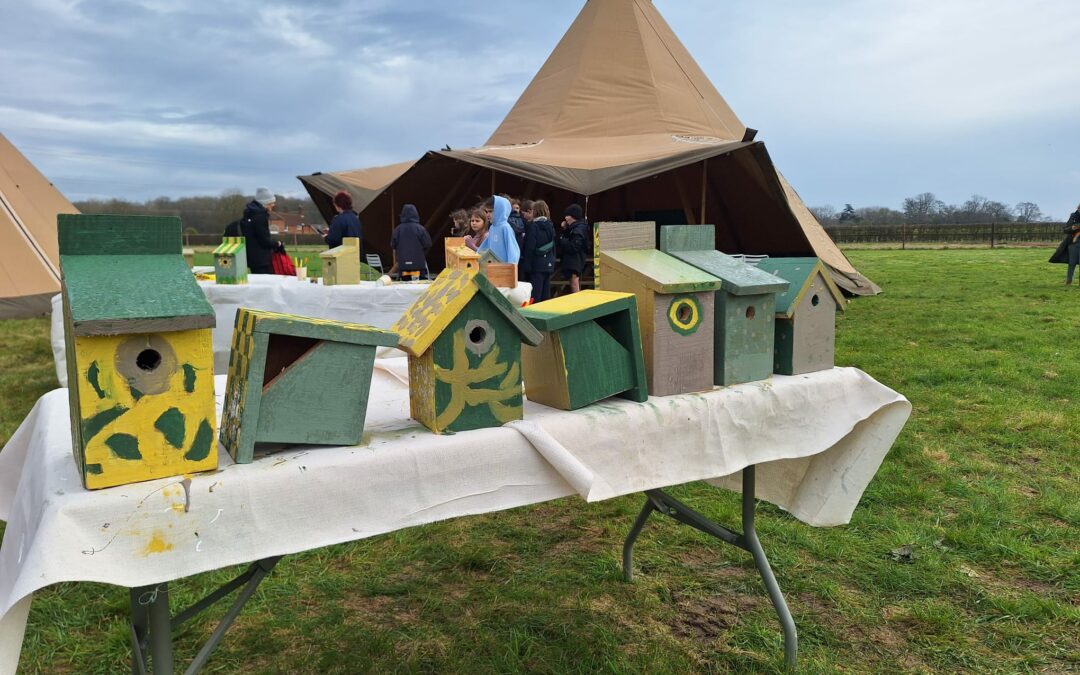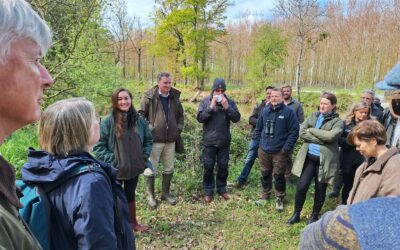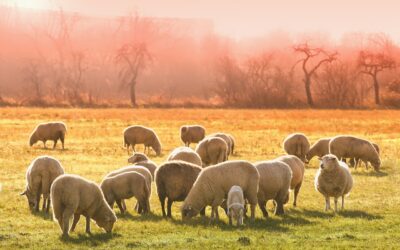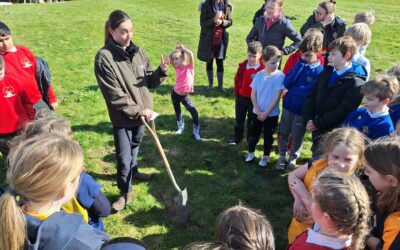Earlier this month we were visited by children from five schools in Hampshire, along with some local home schooling groups. They were invited to Ewhurst Park for a special education day, with a host of talks, demonstrations and activities lined up for them.
Our enthusiastic young visitors were absolutely ecstatic, which wasn’t surprising given that many children these days rarely get the opportunity to access green spaces and nature. So their day with us was a great opportunity for them to see and learn something new.
First up, we had a guest speaker. Keith Betton, the chair of the Hampshire Ornithological Society, gave a talk about migratory birds, which tapped into a part of the school curriculum that looks at spring and new life. Keith explained how there is a surge in bird migration to the UK in the spring. The children listened attentively and were impressive with their knowledge: Keith showed a lot of photos and many children were able to identify birds such as eagles and geese.
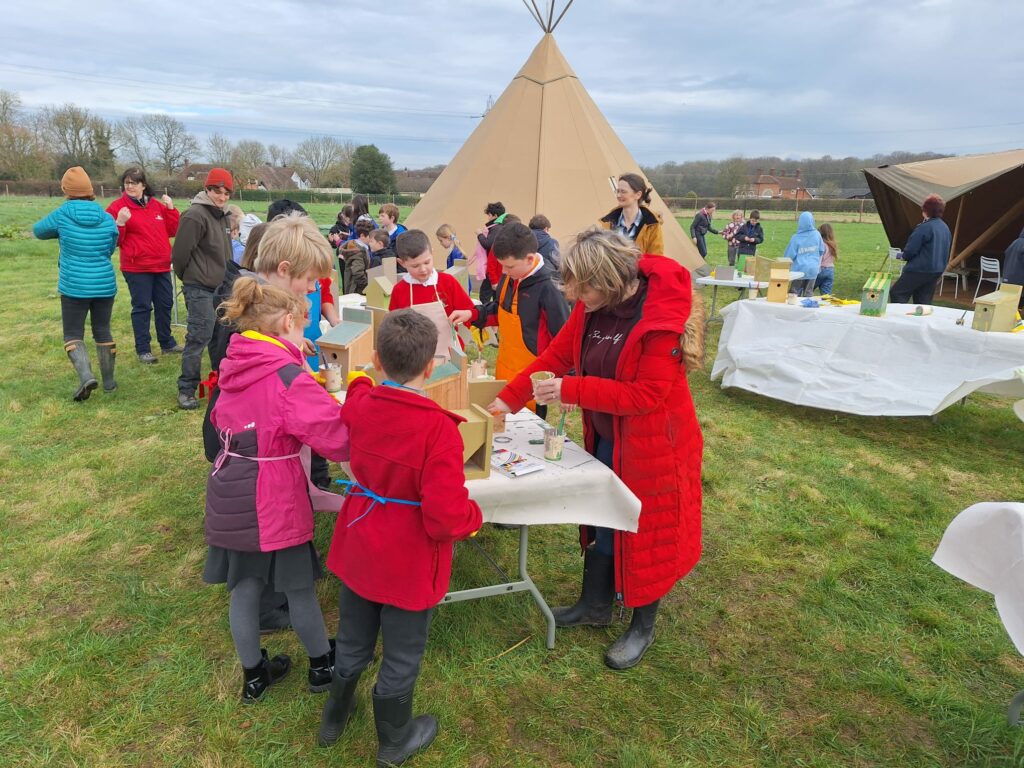
Children are busy making their birdboxes.
Specific to Ewhurst, Keith said he had spotted a wood lark here, which is a rare species nationally, and a stone curlew on neighbouring land. He also talked about waxwings and Arctic terns, explaining about their migration routes and methods of navigation, which are numerous (birds use landmarks like rivers and coastlines, or they navigate using the sun and stars, the Earth’s magnetic field, or their sense of smell, or they just follow other birds).
Our Ewhurst rangers also got in on the act. Jay had made a lot of bird boxes by hand from wood found around the estate and the children painted them. They loved the fact that they were making houses for birds and chose their colours carefully. It was a lot of fun.
The children were also taught how to make simple bird feeders which they could take home. For those with gardens, they were told that putting feeders by the compost heap can make the compost richer because of the bird droppings.
Next up, our rangers talked about pond life, with a particular focus on amphibians. It’s been very wet recently and we have a lot of ponds around the estate, including new ephemeral ponds and ponds created by the work of our industrious beavers in their enclosure. More ponds mean more wildlife, which means we have a lot of frogs, toads and newts. The children were told the story of how we found a family of tiny toadlets stuck in a disused pond, so we helped them out to the safety of the garden. The smallest toad was no longer than an inch, so we presume they were born extremely early then fell into the pond and were unable to escape. We’ve left a stick in the pond so any other wildlife can climb out if it happens again.
While the beavers, being nocturnal, weren’t around, the enclosure was a big hit with the children. They were able to see and touch sticks chewed by the beavers, and they admired the tree stump that remained from where the beavers felled a tree.
And there was more! I gave a talk about ‘Plant your pants’, a campaign launched by The Country Trust to educate people about life in the soil. Spoiler alert: the pants decompose quickest in the healthiest soil – and that will be the subject of my next blog.

